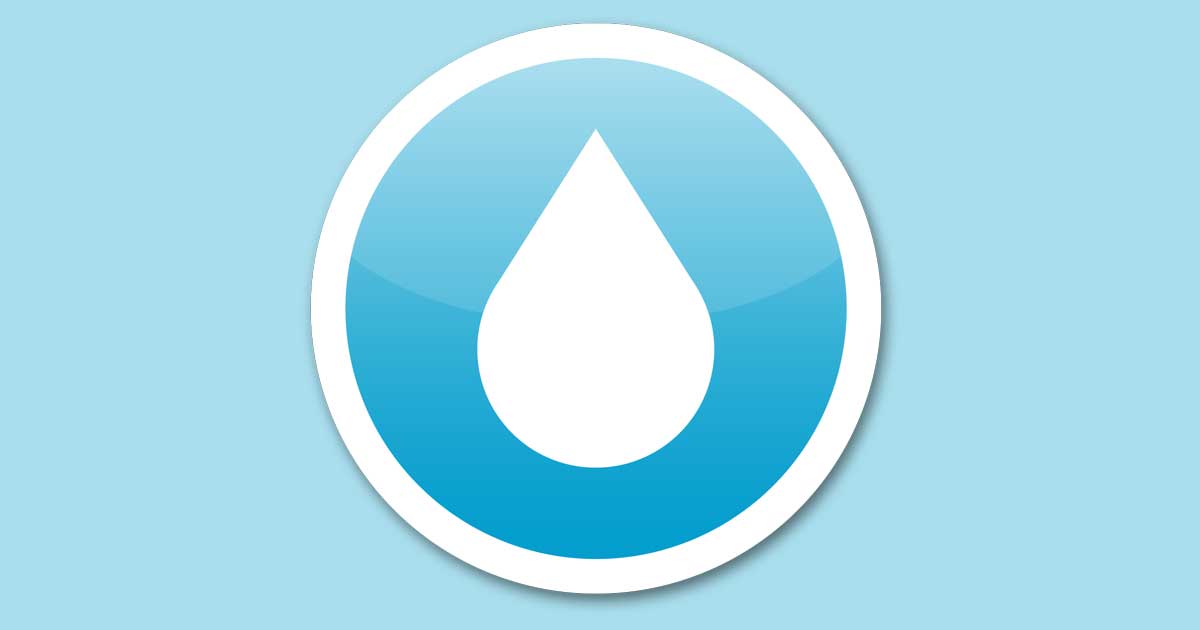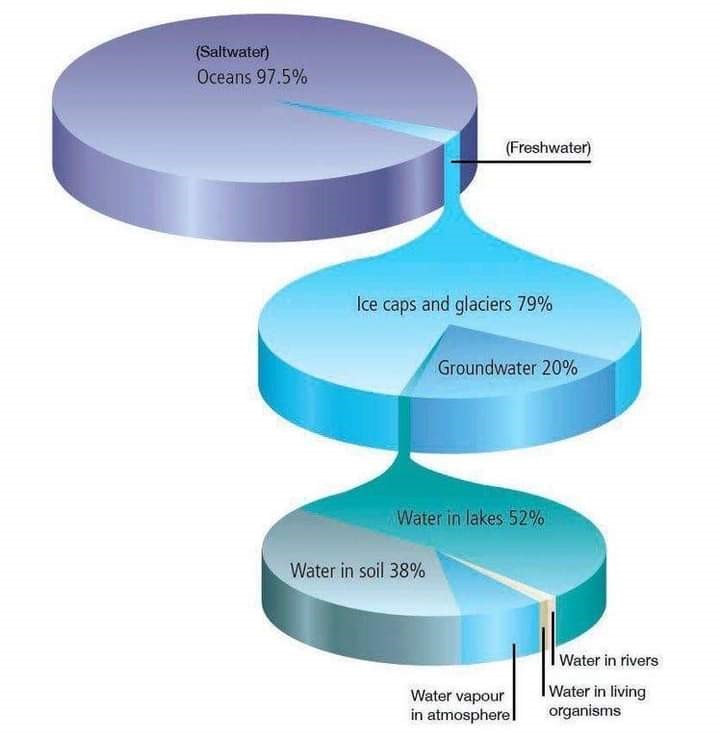Multi-County Youth Water Fairs
Relevance: Importance to the County
Water continues to be a significant issue across Central Texas. Citizens, youth, in particular, need
to be educated about water, where it comes from, its uses, and how it can be conserved and
protected.
Role Education Can Play in Addressing the Issue
By equipping young people with knowledge on the importance of water, it will allow them to share
what they have learned with their parents and others. In turn, conservation efforts might become
standard practices in the home, thus reducing the amount of water used in the home and lowering home water bills.
Where Issue Was Identified
Participants during the 2000 and the 2004 Texas Communities Futures Forum Hays County
identified the issue of water as one of the main issues affecting them. The issue has also been
validated by the Hays County Leadership Advisory Board.
Target Audience:
This program was geared towards third-grade students in at least one elementary school in
Bastrop, Caldwell, Gonzales, Guadalupe, and Hays Counties. In 2008, a total of 560 students
participated in the multi-county water fairs, also known as the "H20 for You" program, within the
five counties. Three-hundred ninety-two students completed the pre-and post-tests from
Caldwell, Guadalupe, and Hays Counties.
Response: Discuss the Program That Was Developed
The Texas AgriLife Extension Service staff in Bastrop, Caldwell, Gonzales, Guadalupe, and Hays
Counties developed Youth Water Fairs to address this relevant issue. The Water Fairs consisted
of six educational learning stations. The stations were: Aquifers, Pollution, Rainfall Simulator,
Water and the Body, The Water Cycle, and Indoor/Outdoor Water Conservation.
Summary of Results:
Results indicate that the participants of the H20 for You Water Educational Program met its objectives of increasing the knowledge of water among youth participants. The greatest perceptual knowledge change was for the topics associated with water's importance to the body and water usage in relation to landscaping.
Future Program Actions:
As we continue to address water issues in Bastrop, Caldwell, Gonzales, Guadalupe, and Hays Counties, this has helped provide information on how future educational efforts can be improved. This data will be used within each of the five counties to promote the H20 for Your program to other schools.
The Edible Aquifer:
The GCUWCD staff teach students in three counties about groundwater, conservation, pollution, and aquifers using The Incredible Edible Aquifer Experiment. Please see the document below that outlines the experiment.
We all have the responsibility to protect water in all its forms. The freshwater found in
groundwater, rivers, and lakes is our primary source of drinking water. You may be surprised
to learn that groundwater and fresh surface water make up a very small percentage of the
Earth's total water supply.
Experiment: There's No New Water
Grade Level: This activity can be adapted for many age groups
Duration: 20 minutes
Objectives:
Learn how much water is on the planet and where it is stored.
Items Needed:
- 5-gallon bucket
- Large jar labeled "freshwater"
- Cup labeled "groundwater"
- Small jar labeled "rivers and lakes"
- Tablespoon
- Eyedropper (optional)
- Water
Activity Steps:
- Fill the 5-gallon bucket with five gallons of water. This represents all the water on Earth
including the water that is contained in the atmosphere, glaciers, ice caps, streams, lakes,
rivers, oceans, and groundwater. - Take out 25 tablespoons of water from the bucket and place it in the large, clear jar
labeled "freshwater." This represents all the fresh water on Earth (water contained in the
air, glaciers, rivers, ponds, lakes, and groundwater). All the remaining water in the bucket
represents all the saltwater on Earth. - Take out eight tablespoons from the freshwater supply and place it in the cup labeled
"groundwater." This represents all the groundwater on Earth. - Take one-tenth of a tablespoon (or about 25 drops with an eyedropper) out of the
freshwater supply and pour it in a small jar labeled "rivers and lakes." This water represents
all the water in rivers and lakes on Earth. All of the water contained in groundwater, rivers,
and lakes from the world's "freshwater" supply has been removed. The "freshwater" jar now
represents all the water contained in the atmosphere (clouds, rain, snow, etc.) and all the
water on the planet that is frozen (polar ice caps and glaciers). - Discuss the amount of water in each container, where we get our drinking water from, what
other purposes surface water has (wildlife), and ways to conserve water.
Discussion Questions:
- Would it be easy to collect a cloud or wait for it to rain in order to get a drink?
- Is it easy to chip away a chunk of ice, then melt it in order to get a drink?
- Is it easy to drink water from the ocean?
- Why is it important to help protect and conserve the freshwater available for drinking?
- How much water is available for humans to use?
- How much is stored in the atmosphere, frozen in glaciers
and ice caps, or in the oceans?

 Water On Earth
Water On Earth